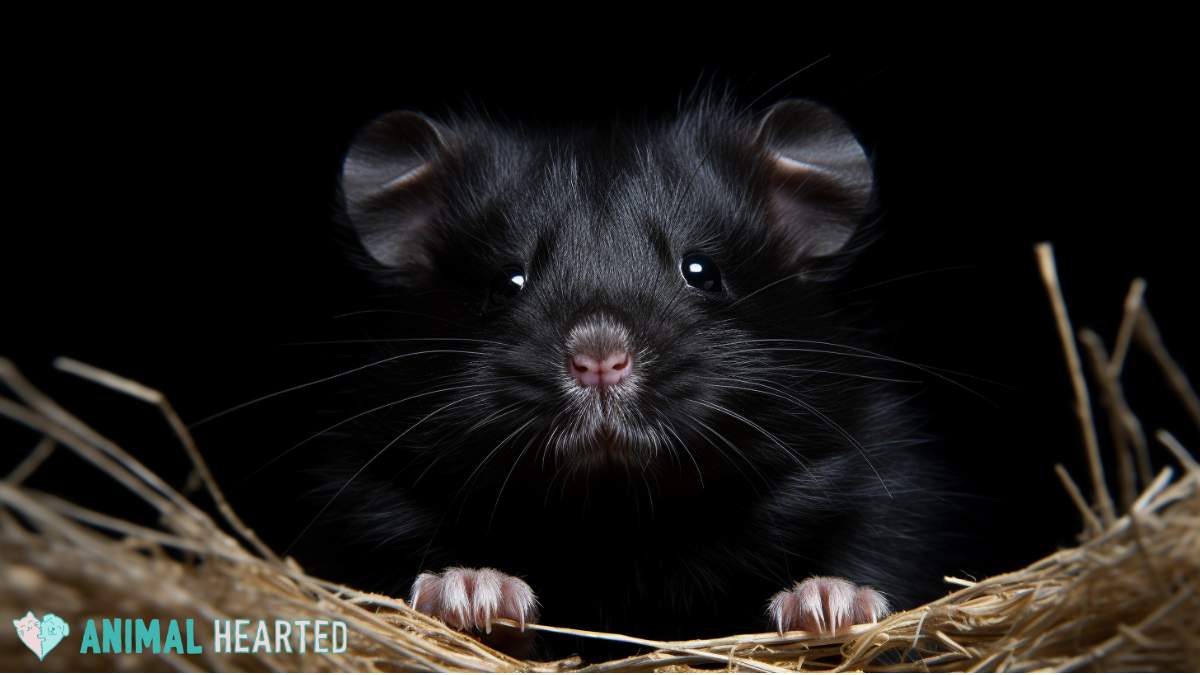Distinct Features of Hamster Breeds
Hamsters, beloved for their charming personalities and adorable appearances, come in various breeds, each with its distinct characteristics. Understanding these features can help pet owners choose the best breed for their lifestyles. In this article, we will explore the primary hamster breeds, their unique traits, and some tips for care and maintenance.
Common Hamster Breeds and Their Characteristics
Several common hamster breeds vary in size, coloration, and temperament. Below, we’ll outline several popular types and their distinct features to help you identify which hamster might be the ideal pet for you.
Syrians: The Giant Among Hamsters
Syrians, also known as golden hamsters, are perhaps the most well-known breed, easily identifiable by their larger size compared to other breeds. They typically measure around 6 to 7 inches in length and come in various fur colors, including cream, black, and agouti. Their friendly demeanor makes them excellent pets, and they thrive on human interaction. It’s important to note that Syrians should be housed alone, as they can become territorial and aggressive toward other hamsters.

Dwarfs: The Small and Sociable Hamsters
Dwarf hamsters, like Campbell’s and Roborovski, are much smaller than Syrians, usually measuring about 3 to 4 inches. Their diminutive size and playful nature make them great pets for small spaces. Dwarf hamsters are generally sociable and can live in pairs or small groups, provided they are introduced correctly. Notably, Roborovski hamsters are one of the most active and fast-moving breeds, requiring ample space and stimulation to keep them happy.
Winter Whites: The Color-Changing Cuties
Winter White hamsters are known for their beautiful coats that can change color based on the season. In winter, their fur shifts from gray to white, providing excellent camouflage. Typically, these hamsters are peaceful and adaptable, making them suitable for beginners. With proper care, they can form strong bonds with their owners and display affectionate behavior.
Understanding Hamster Temperament
Each hamster breed exhibits unique temperament traits that can help potential owners decide on the best match for their lifestyle. Understanding these differences is crucial for successful interactions and care.
Social Behaviors of Dwarf Hamsters
Dwarf hamsters are known for their friendliness and social nature. They often enjoy interacting with humans as well as with their tank mates. Understanding their interactions helps avoid territorial disputes when housing them in pairs. Ensure your cages are spacious enough to accommodate multiple hamsters, and monitor their behavior closely to prevent fights.
Handling and Bonding with Syrians
Syrian hamsters, while friendly, can be a bit shy at first. Proper handling techniques can enhance your bonding experience. Start by allowing the Syrian hamster to approach you on its own terms. Gradually introduce your hand into the cage before attempting to hold it. Once comfortable, these hamsters will enjoy cuddling and exploring around you, their vocalizations and behaviors providing insight into their mood and comfort level.
Care Requirements for Your Hamster Breed
Each hamster breed may come with specific care requirements, making it crucial to tailor their environment and diet according to their needs. Below are essential tips for hamster care, ensuring that your pet thrives.
Dietary Needs by Breed
Feeding hamsters the right diet is vital to keep them healthy. Syrian hamsters typically require a high-quality pellet formula supplemented with fruits and vegetables. On the other hand, dwarf hamsters benefit from a more diverse diet that includes seeds and grains, along with occasional treats. Always ensure fresh water is available.
Creating an Ideal Habitat
Regardless of breed, providing a spacious and stimulating habitat is essential. Cage size and structure should cater to the specific needs of the hamster. Larger breeds like Syrians need spacious cages with nesting materials and toys, while dwarfs thrive in multi-level cages with tunnels and exercise wheels to accommodate their playful nature.

Conclusion
Choosing the right hamster breed depends significantly on understanding their distinct features and care requirements. By learning about the various breeds—such as the sociable Dwarfs, the friendly Syrians, and the adaptable Winter Whites—you can ensure a positive and enjoyable experience with your new pet. Proper care and attention will lead to a happy, healthy hamster that can be a treasured member of your family for years to come.
FAQ
1. What is the lifespan of hamsters?
Hamsters typically have a lifespan ranging from 2 to 3 years, depending on the breed and the care they receive. Maintaining proper diet and habitat can help ensure they enjoy their full lifespan.
2. Can different breeds live together?
Generally, it’s not advisable to house different breeds of hamsters together. Especially territorial breeds like Syrians can become aggressive toward their kind, so keeping them separate is essential.
3. How often should I clean my hamster’s cage?
Cages should be cleaned at least once a week to maintain hygiene. Spot cleaning can be done daily to remove soiled bedding or leftover food, ensuring a clean environment for your hamster.
4. What type of bedding is best for hamsters?
Hamsters require bedding that is absorbent and safe. Soft bedding such as paper-based or aspen shavings can greatly enhance comfort and prevent respiratory issues.
5. Are hamsters nocturnal?
Yes, hamsters are primarily nocturnal, meaning they are most active during the night. Understanding this behavior can help owners interact with their pets during their active hours.
